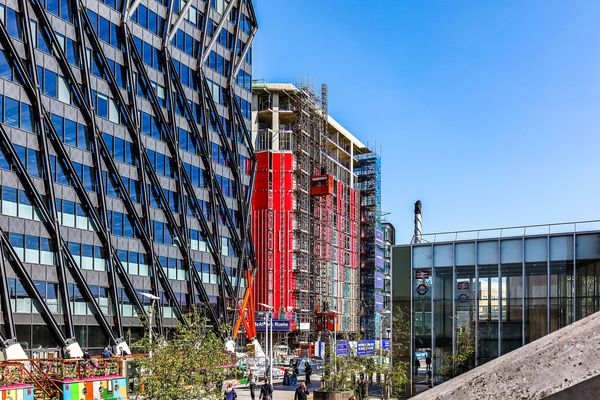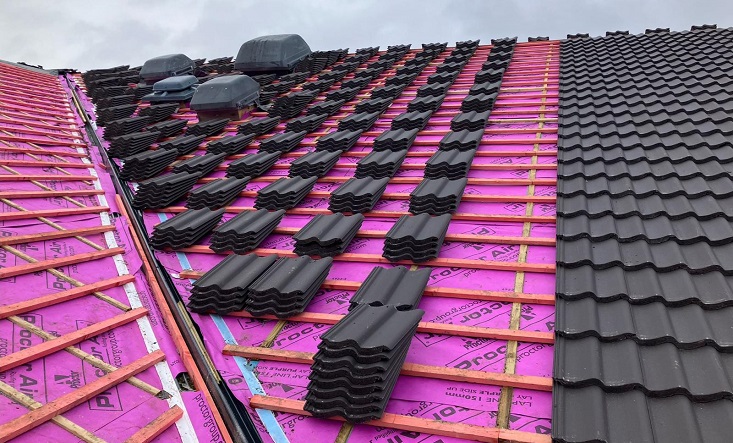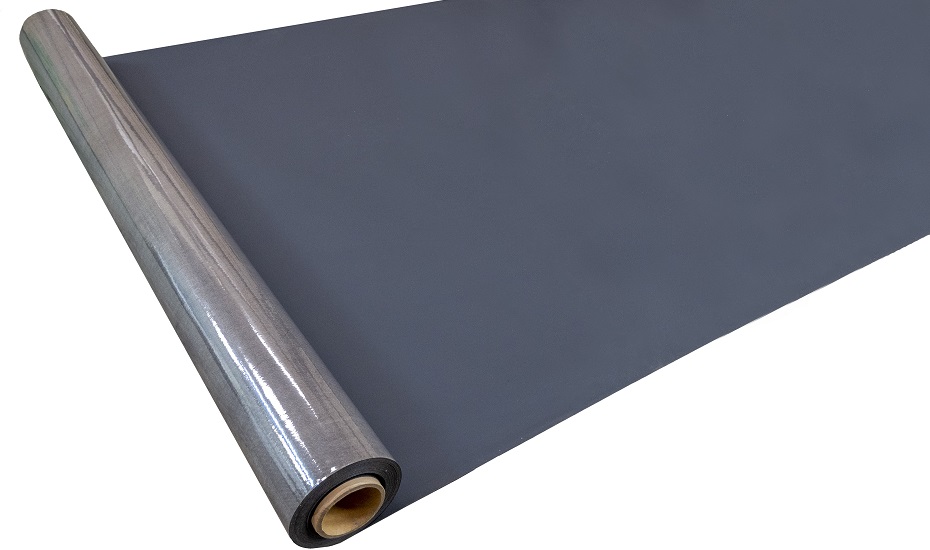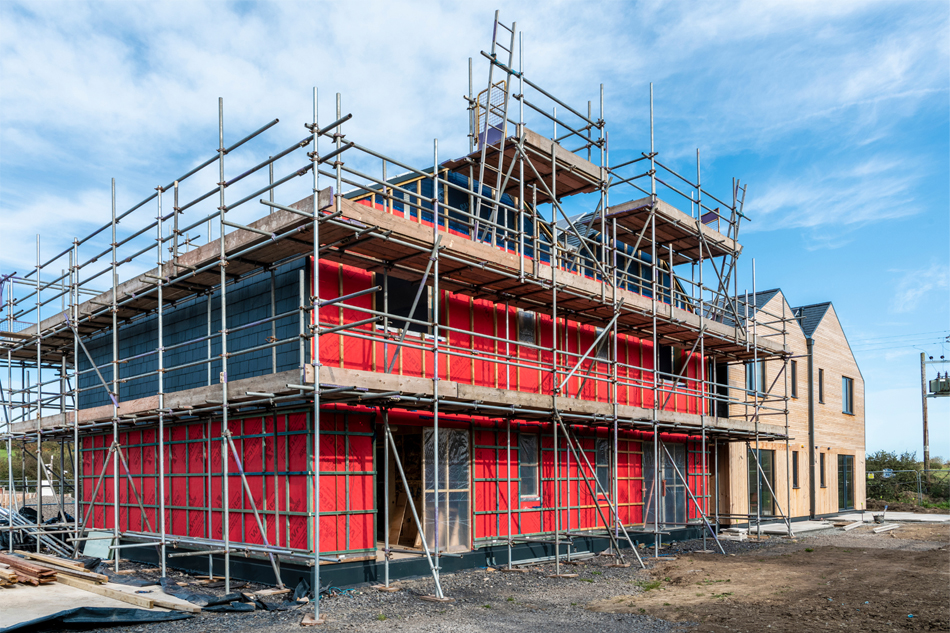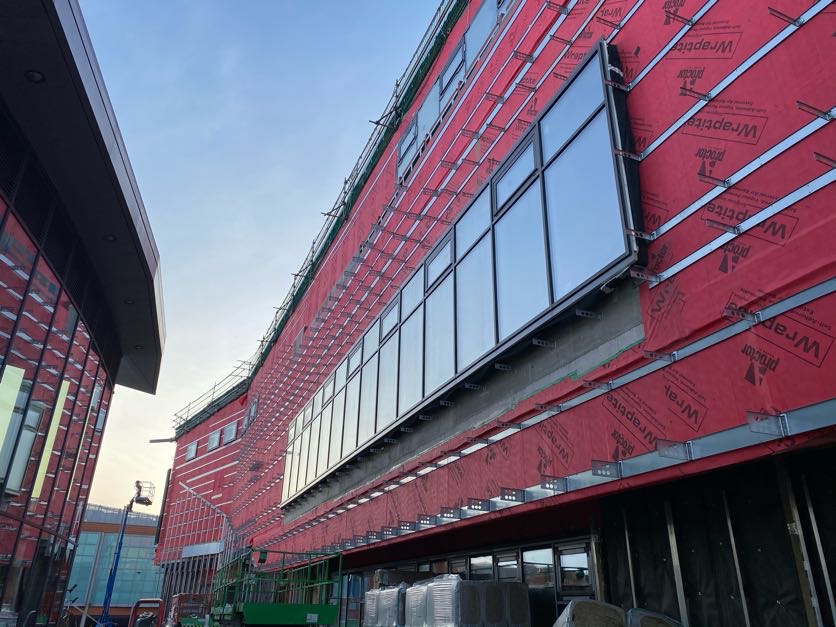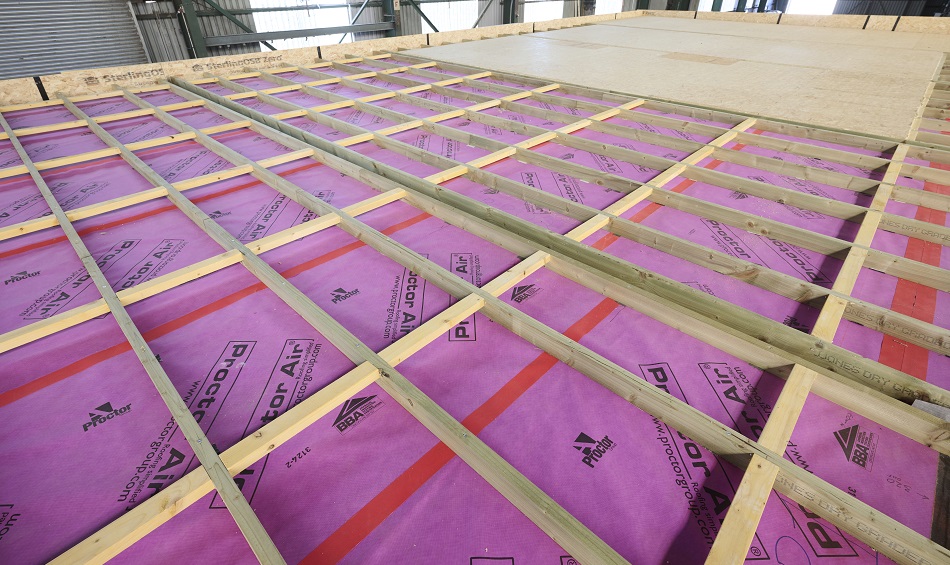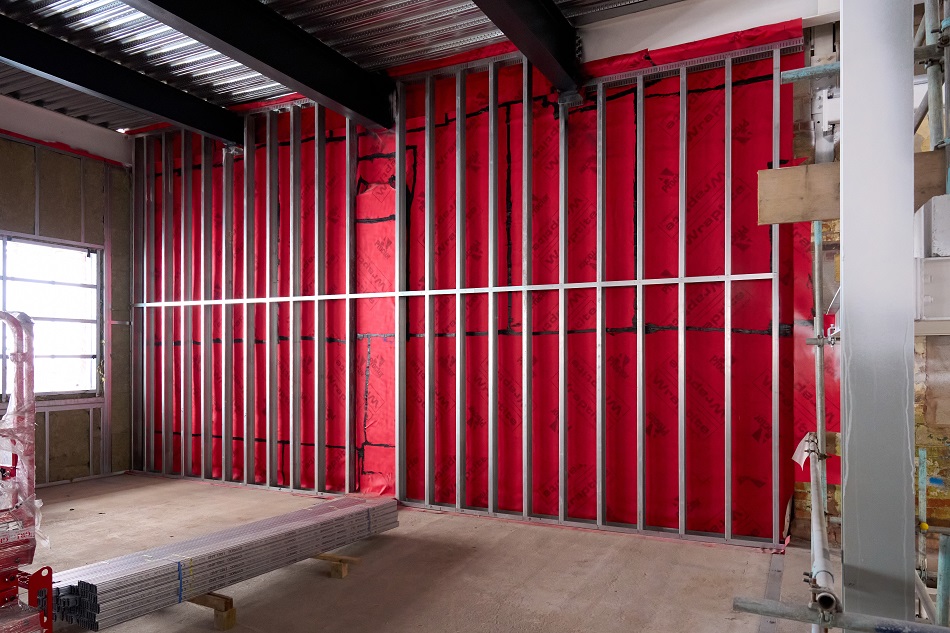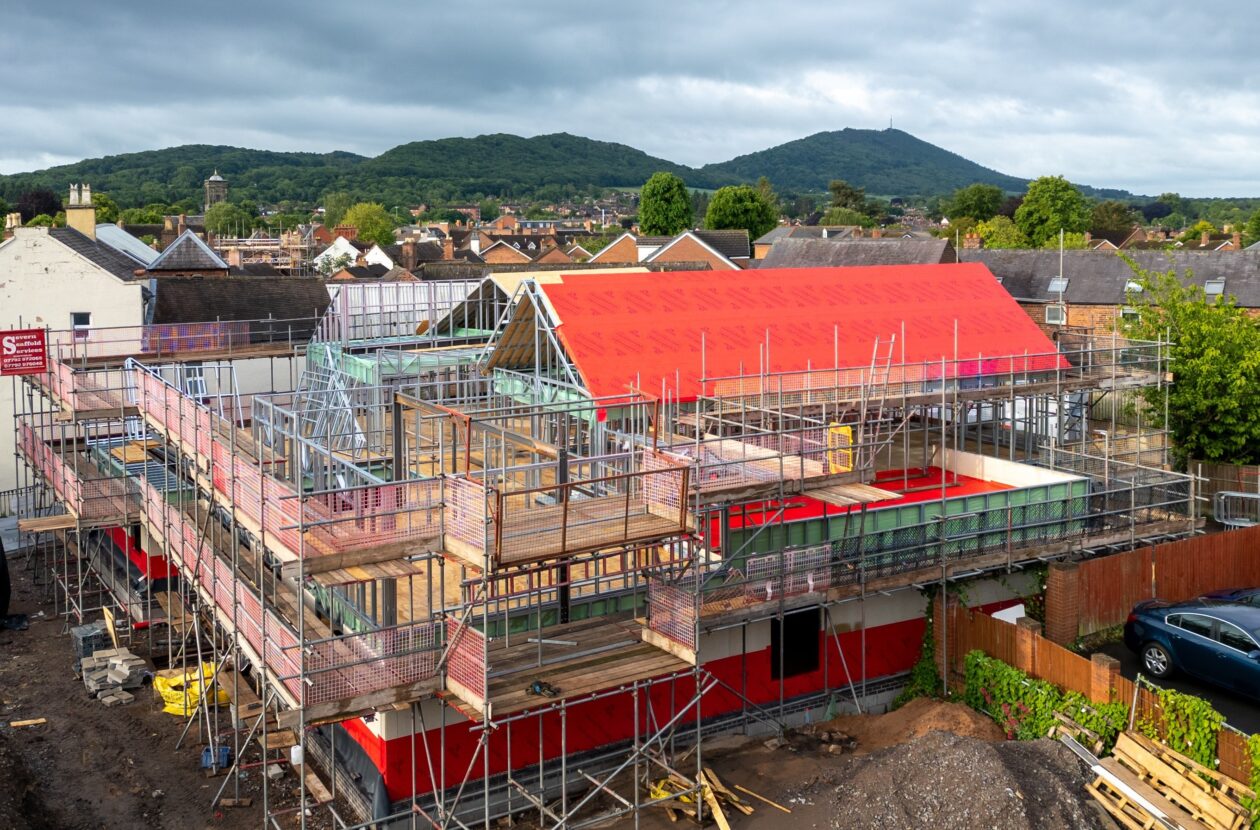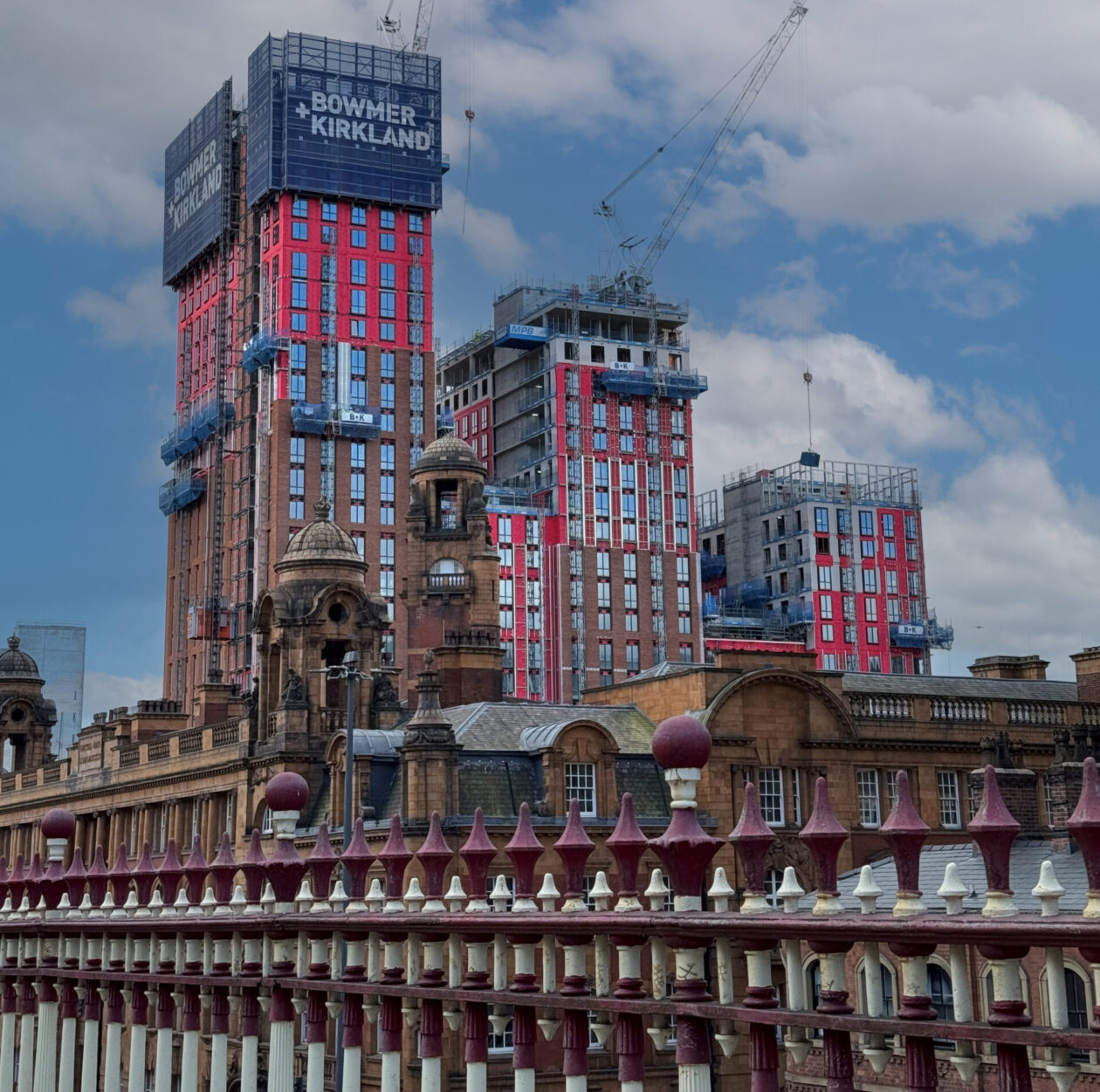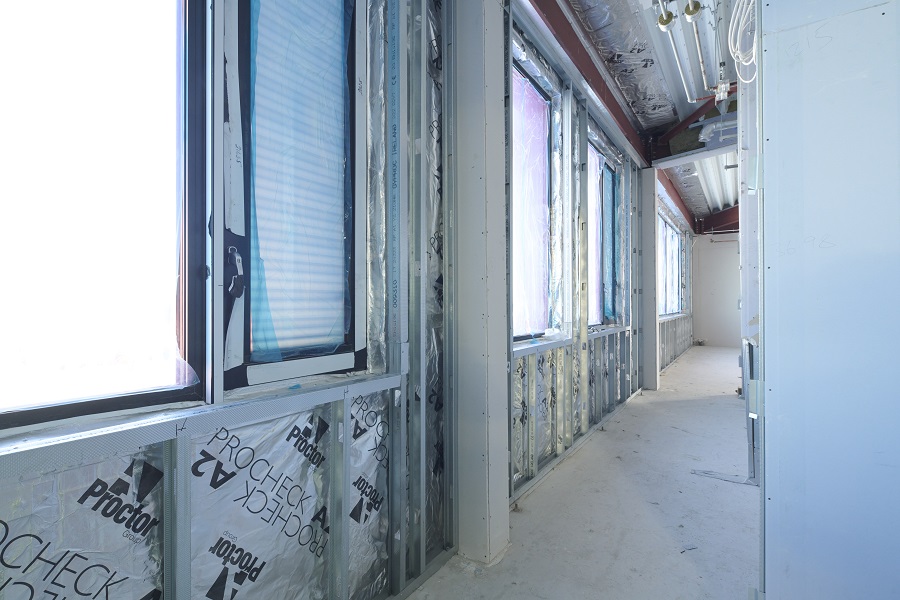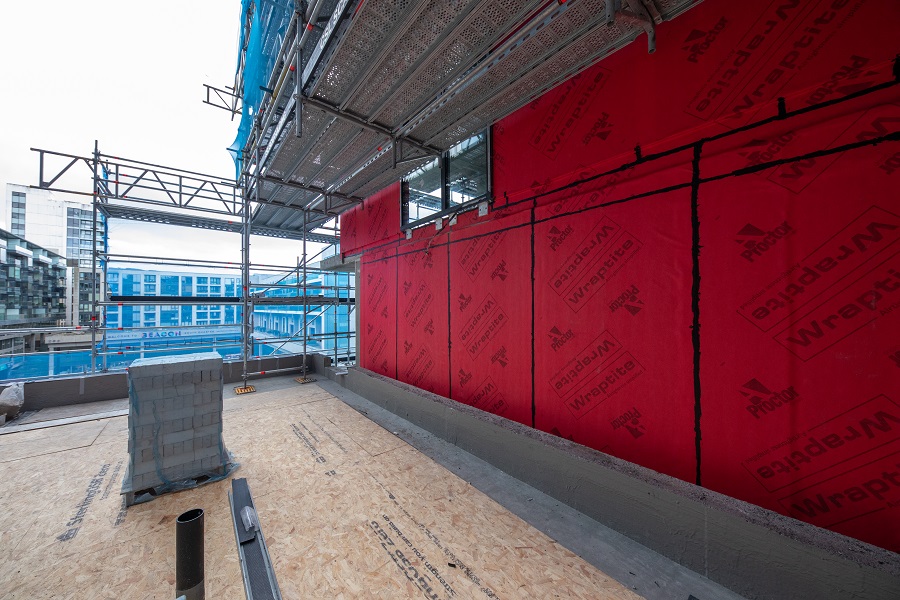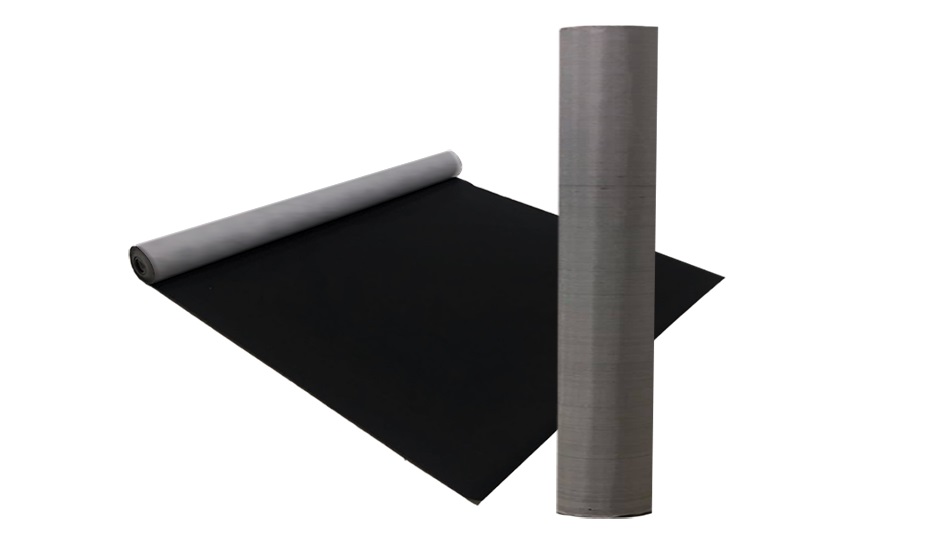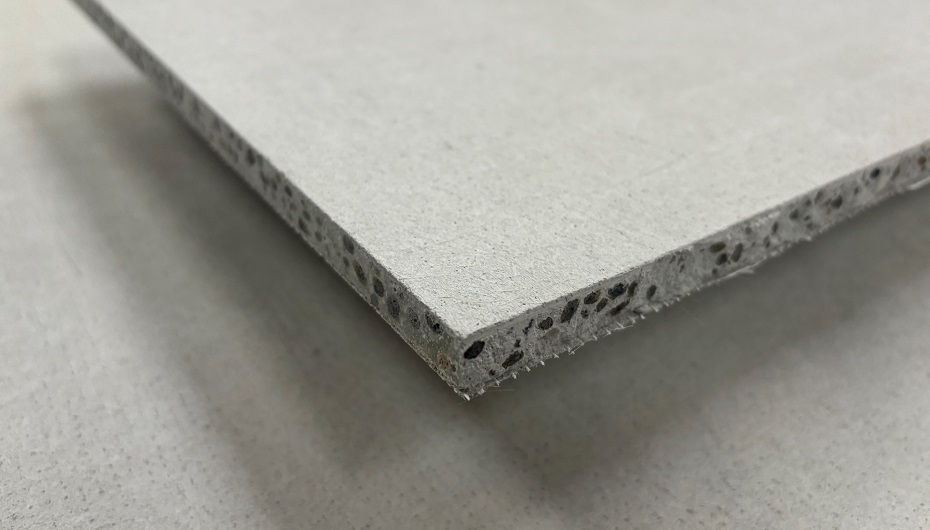What are the challenges to meeting Part B ?
One of the most impactful amendments was the shift in classification of materials within ADB and the removal of references to BS 476-6&7 which classified products for ‘Spread of Flame’. The issue with this classification was that it only took account of the reaction of the surface of the material being tested and did not consider the combustibility of the whole product.
This amendment is probably best illustrated by metal coated ACM panels. The test under BS476 Parts 6&7 would show that this metal finish had very good resistance to spread of flame, as it is non-combustible, however if you started looking at the product as an element, the core or plastic component was highly combustible despite never being exposed to flame. This was flawed due to the nature of how fire spreads in buildings.
A shift to classify products in accordance with BS 13501-1:2007 + A1:2009
‘Fire classification of construction products and building elements. Classification using test data from reaction to fire tests’ meant that the combustibility of the entire product was now accounted for. Within this classification there are a number of specific tests depending on product classification, and reference to documentation with standardised substrates, that allows the product being tested to be categorised according to how it reacts and its contribution to fire. The Standard of BS13501- 1 classifies products from Class A1 – non-combustible down to Class E. Those products that are unclassifiable or untested can claim a Class F.
This led to one of the main changes in that all high-rise construction “the materials which become part of the external wall, or specified attachment, of a relevant building are of European Classification A2-s1, d0 or A1”
Due to the performance requirements of certain critical flexible components within the external façade, such as breather membranes, the ability to achieve a non-combustible classification is thwarted due to the nature of the materials they are made from. This was understood by the regulatory writers and therefore a list of exempt components has been included in Approved Document B to accommodate this. Manufacturers are investing time and money into this area in order to provide an achievable fire classification without impeding the performance of the product. In the amendment to Document B in November 2018 the required fire classification for breather membranes is stated to be;
‘Membranes used as part of the external wall construction should achieve a minimum classification of European Class B-s3,d0’
The A Proctor Group have long considered the importance and impact of the message relating to fire in the construction industry and the implications that incorrect specification and application of products may have on the building envelope. We have investigated, researched and developed new and innovative ways to protect buildings, both during construction and once completed. Based on this research we can share further details on our technical construction membranes as follows:
- Wraptite® – ClassB-s1,d0 – Fully Self-Adhered, Airtight, Vapour Permeable, W1 Membrane.
The Wraptite membrane protects the substructure prior to the installation of the insulation and external cladding system. It provides an air and watertight line during construction and the vapour permeability of the material allows the manifested water vapour within the building to escape once complete.
Traditionally, breathable membranes are mechanically fixed on low rise and taped on high rise and tend to shrink away from fire. Standard tests utilise a single focused burning flame which A Proctor Group did not believe to be the most accurate way to test a membrane. In house testing was carried out using a corner rig with Wraptite which gave some very interesting observational data that ‘fuelled’ our interest in exploring this further.
With the addition of our new high-rise division and the subsequent shift to using Wraptite over A1 or A2 sheathing boards in high rise, we were spurred onto carrying out testing on various substrates as per BS EN 13238:2010;
‘Reaction to fire tests for building products – Conditioning procedures and general rules for selection of substrates’
The results from these tests showed that Wraptite achieved a Class B-s1-d0, the highest classification that could be expected from a polypropylene based membrane. This placed The Proctor Group in an excellent position with being able to offer a unique product but to also provide a solution, post Grenfell and ADB update, where there were significant challenges to accommodate the thickness of lesser thermally performing non-combustible insulation versus the previously specified higher thermally performing insulation. The airtightness properties of the product complement the TER of a building which has a direct impact on the amount of thermal insulation required, therefore, not only was there a gain in balancing heat, air and moisture movement (HAMM Principles) for a healthy building there was also the benefit of using an ADB over compliant membrane.
There are thoughts that moving forward there may be further limitations to the use of membranes within cavities. Currently in high-rise the focus is on using mineral wool, therefore effectively isolating a membrane, such as Wraptite, between two layers of products with a limited or non-combustible rating. However, if using a membrane in the cavity, either on lower rise buildings, or in high rise to add further protection to the system, products which actively resist fire, such as Fireshield are ideal. There is a benefit to using a self-adhesive membrane due to it being fully adhered to the substrate, therefore no flames can pass up the back of the membrane, as could happen with a loose mechanically fixed product. Mechanically fixed membranes may pose a risk as it creates and provides another source of oxygen which is required to fuel fire. With this additional air source cut off, the risk may be dampened. Fireshield, although a mechanically fastened product, is a more rigid membrane, compared to lighter weight polypropylene membranes, due to the nature of its glass fibre backing therefore it is less likely to billow away from the substructure, and mitigates the risk of forming air gaps behind when installed correctly. In some situations, there may be a requirement to provide additional protection to the insulation, such as in an open jointed façade situation. This is where Fireshield is of importance:
- Fireshield® – ClassB-s1,d0 – Intumescent Coated UV Resistant Breather Membrane.
The specialist coating limits fire spread across the surface of the membrane and it is fixed using mechanical fixings. The intumescent facing actively resists the spread of flame by preventing it from taking hold due to the ‘foaming’ effect. The membrane has been put through 5000hr ageing and is UV resistant allowing it to be left exposed behind open jointed cladding. The market leading ability that Fireshield has in protecting the underlying substrate from ignition, far exceeds that of traditional membranes which unfortunately is not recognised in its current classification. The product does not instantly recoil from the flame to expose the underlying substrate to the ferocity of the fire, it protects that substrate from being ignited. The A. Proctor Group are endeavouring to have this classification re-addressed to differentiate between tradition and innovation, to acknowledge that albeit a reaction to the fire takes place it stands as a durable shield to protect the building.
In recent years the focus has mainly been on negating the risk of ‘rapid fire spread’ flashing up the façade of the building but there is also the risk of ‘restricted fire spread’ which travels floor to floor through the openings in the facade. In order to extend containment time there are many non-combustible products integrated into the internal linings and partitions, however, only recently has the manufacturing side been able to produce non-combustible VCL’s and thin, high thermal performing, A2 rated insulation.
- Procheck® FR200 – ClassB-s1,d0 – Fire Retardant Vapour Control Layer
Procheck FR200 is used as a fire-retardant vapour control layer in roof and wall structures in both new build and renovation projects. The product has a Reaction to Fire classification of ClassB-s1, d0 which provides assurance of fire performance for the structure. It is an air and vapour tight membrane which improves energy efficiency and reduces condensation risk. Procheck® A2 – ClassA2-s1,d0 – Limited Combustibility Vapour Control Layer
- Procheck A2 is a limited combustibility, vapour and airtight membrane.
It’s Class A2-s1,d0 fire classification to BS EN 13501-1, is considered to have limited contribution to fire. Its composition comprises of glass fibre backing, with a pure aluminium foil and clear lacquer coating. This composition affords the membrane its Class A2 performance as well as giving it a high degree of vapour controlling properties. The membrane comes with a high vapour resistance, as well as being airtight, which allows its use as an AVCL in the construction. Providing high levels of airtightness can ensure the thermal efficiency of the building. The integral foil layer, with its protective clear lacquer coating, gives this A2 membrane the unique added benefit of having a low emissivity surface. This means that the membrane, when installed with the foil face next to a service cavity, with a minimum depth of 19mm, will provide additional thermal performance to the overall wall construction. Procheck A2 air and vapour tight membrane improves energy efficiency and reduces the risk of condensation.
- Spacetherm A Rated – ClassA2 -s1,d0 Limited Combustibility Vapour Permeable Insulation
Spacetherm® A Rated is a thin, flexible, high-performance, silica aerogel-based insulation material used for exterior and interior applications. It can be provided in sheet form and bonded to itself to reach specific thermal requirements as well as being laminated to various board materials including MgO and plasterboard.
The product is used to optimise the thermal performance and fire properties of façade systems in a number of ways. These include enhancing the thermal performance of the ventilated façade, and addressing thermal bridging. When space is finite, it can be used in minimising thermal bridges around windows reveals and door thresholds. Internally, especially where space is restricted, the product offers high performance, both in fire resistance and thermal performance, to optimise the internal usable space.
With a thermal conductivity of 0.019 W/mK, coupled with its superior fire performance, qualify it as one of the best insulation materials available worldwide. Engineered for space-critical applications, the product offers low thermal conductivity, superior compression strength, plus breathability allied to hydrophobic characteristics. Its flexibility and ease of use has proven it as the insulation material of choice in many applications and for a wide variety of clients.
These products are market leading in performance and at The A Proctor Group we work closely with the specifiers within the construction industry to make sure that the best performing membrane is positioned correctly within the facade, wall or roof build-up. To enhance this service the company utilises WUFI Analysis Software from the Fraunhofer Institute in order to ascertain the risk of condensation whether surface or interstitial.
Further information, literature and sample requests can be found online at www.proctorgroup.com or by emailing contact@proctorgroup.com.
Request a Sample
Technical Advice
CAD Detail Review
U-Value Calculation
Book a CPD
Specification Check
